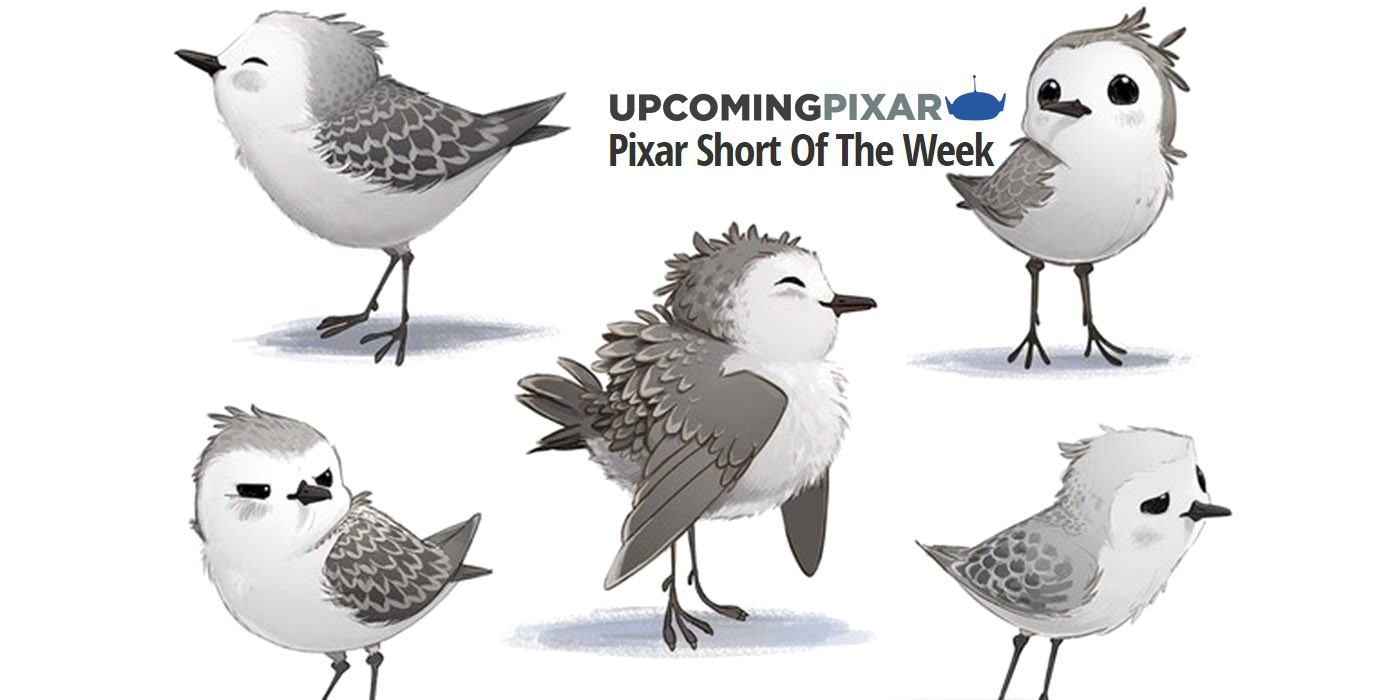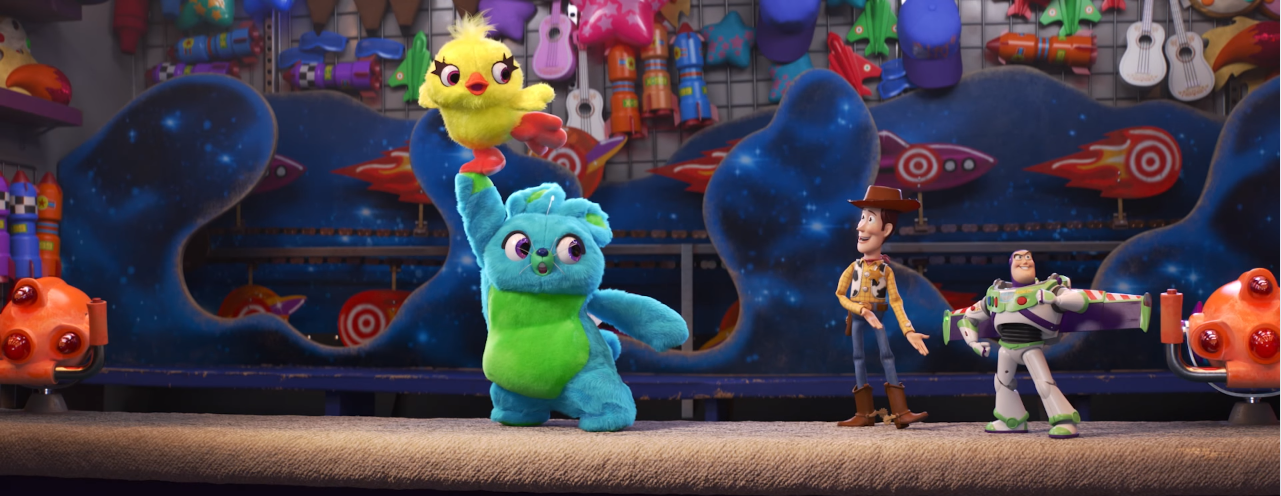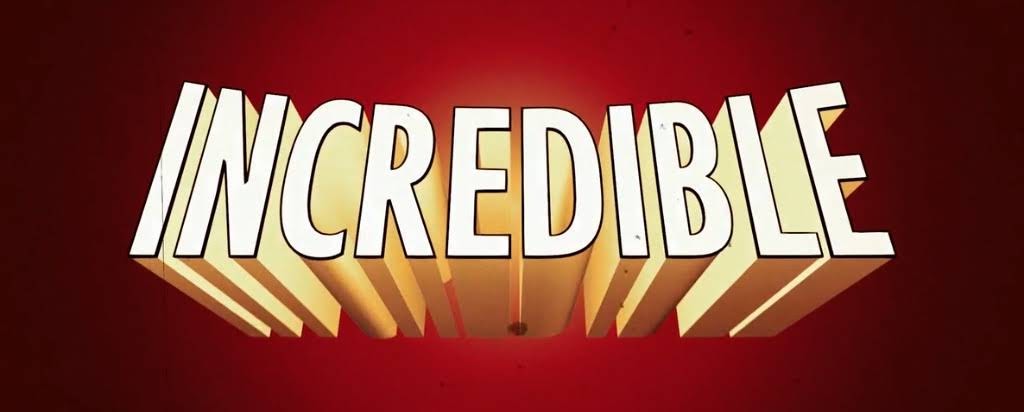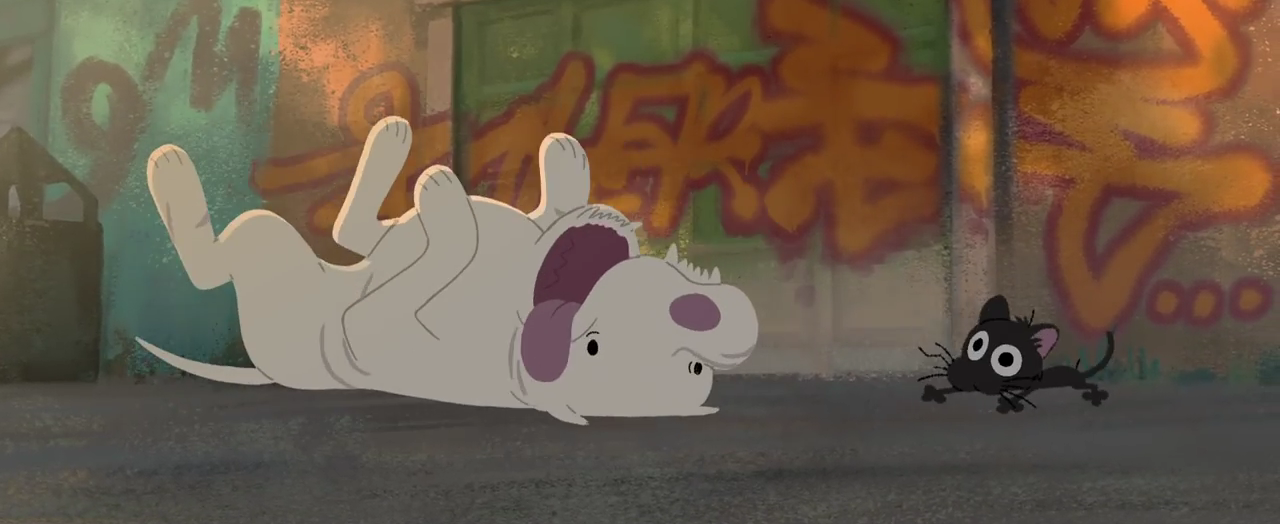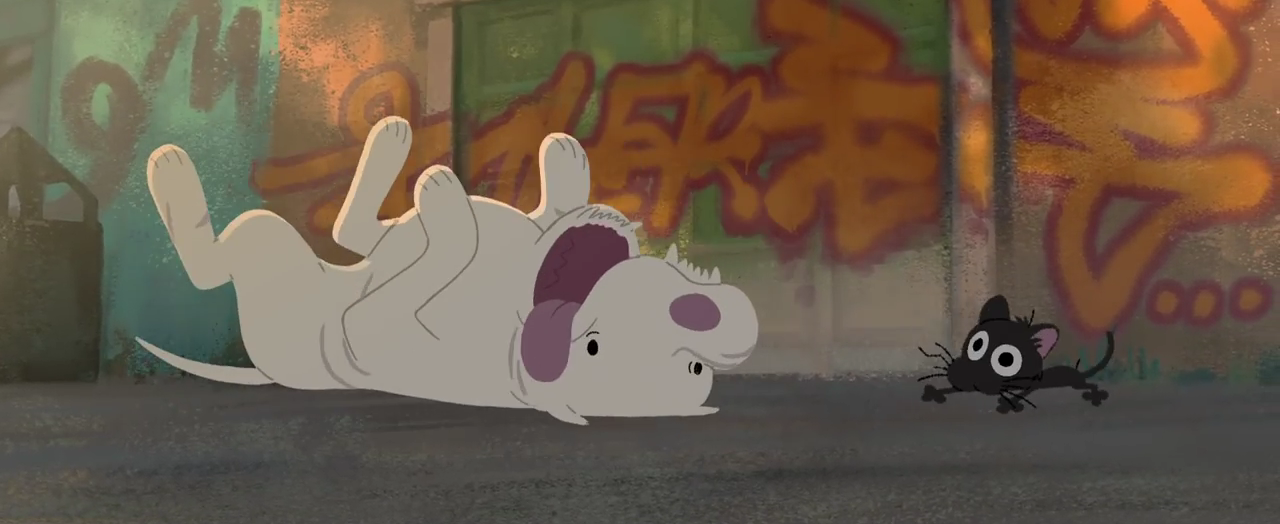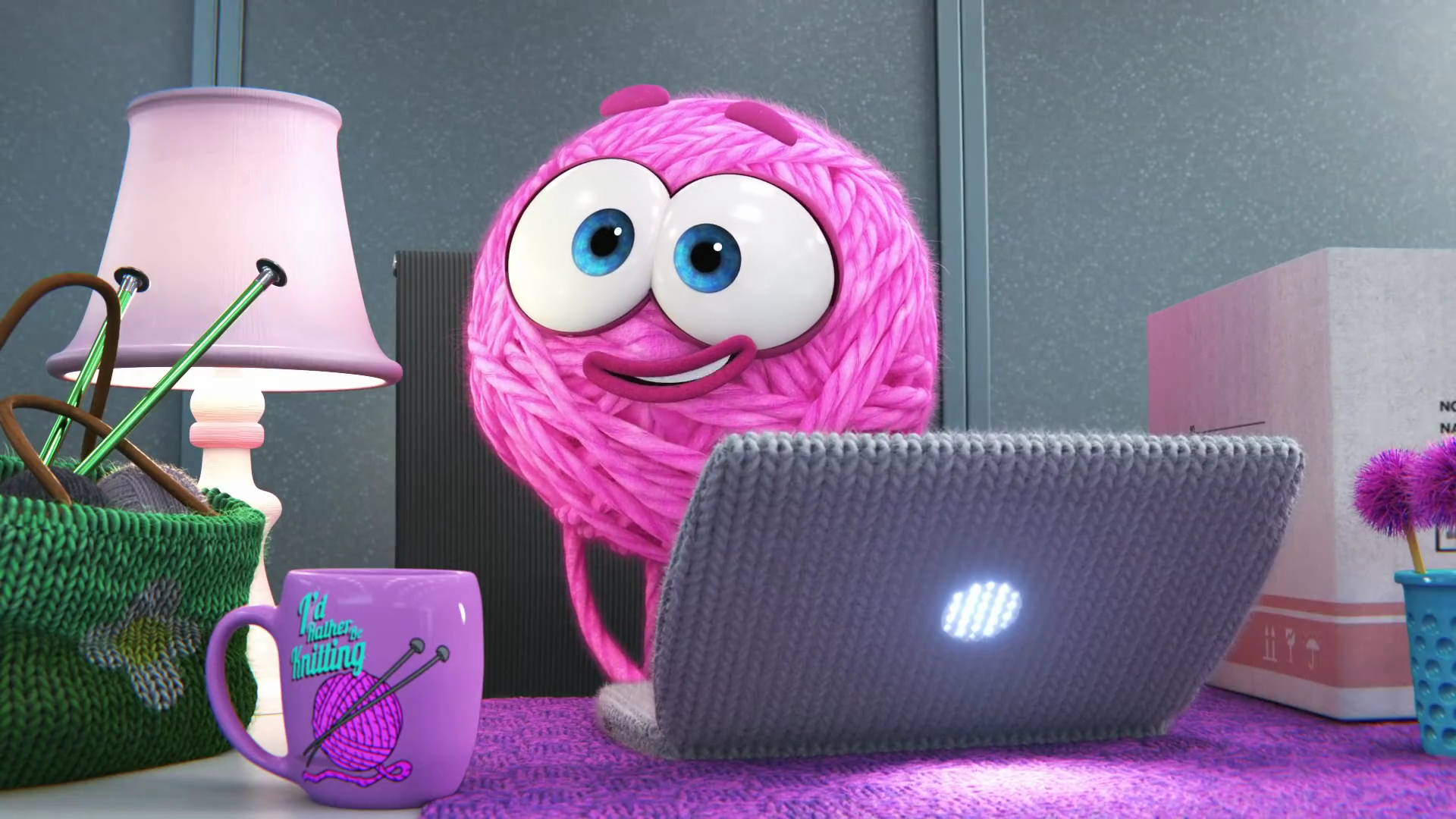The Pixar Short Films Collection: Volume 3 is out on Digital and Blu-ray today – why not give “Piper” a watch and then dive into this little Pixar short exploration?
Since premiering before Finding Dory in June 2016, “Piper” has quickly become a firm favourite with Pixar fans, and even went on to win the 2017 Oscar for Best Animated Short. This is our first post in our ‘Pixar Short Of The Week’ series, where our Twitter followers vote on what short they’d like us to delve into next. “Piper” won with over 50% of the votes in this week’s poll – I think that alone tells you how beloved it is. It ticks all the boxes – very cute, heart-warming message, a sense of humour, beautiful to watch… And I’ve found that I appreciate it even more now in 2018 than I did when I first watched it in theatres two years ago.

Piper concept art
This is, in part, due to my new-found passion for birdwatching. I don’t know how many people share this joint interest in Pixar and birdwatching, but if any of you are out there, I’m sure you’ll agree that “Piper” is the dream.
Fun fact (maybe): On pixar.com, Piper is described as a Sandpiper – director Alan Barillaro was inspired by ‘watching Sandpipers react to waves and run on the beach’. But ‘Sandpipers’ are actually a large family of birds. Piper is in fact a Sanderling (Calidris alba, as opposed to Hungrius Littlus Birdis) – these are the birds that run in and out with the waves, poking around in the ‘intertidal zone’ for food. They are also the only birds in the Sandpiper family that lack a hind toe – and look!

No hind toe! (Especially obvious if you look at Piper’s mum’s feet).
This is what I love so much about “Piper” – it achieves this perfect balance of realism and magic. On the one hand, the level of detail is such that I can do bird identification, but it’s also a short about a precious baby bird expressing real human emotions and overcoming her fears through a friendship with a tiny crab. It’s a technological triumph, but – and this is the key to the success of the film – it’s also a wonderfully told story.
“Piper” actually started out as a project to push the limits of new animation technology, which is made apparent when you see the animation of individual grains of sand, the frothy movement of the waves, and the independent fluttering of feathers. I love that people appreciate the sheer skill that has gone into the creation of the short, but are also able to just enjoy it and immerse themselves in it.

Look at that feather animation! Look at the sand!

Piper concept art. They even got the Sanderling plumage spot on.
The birds are stylised, but realistic. You can tell the aim wasn’t to fool the viewer into thinking they’re watching a live action sequence. Honestly, it looks better than live action. It looks better than real life! The way they experimented with camera movements and depth of field makes it all so captivating. And the “Piper” crew was able to design the characters in such a way that they can express more emotion.
This is important, because “Piper” is also amongst the many Pixar shorts that have zero dialogue – the connection you feel to the characters is not brought about through words, but is instead completely reliant on their facial expressions and behaviour, along with the music (by the legendary Adrian Belew). It’s the subtle yet complex animation that makes all this possible. Barillaro was inspired by Andrew Stanton’s WALL-E when finding ways to animate communication between non-speaking, non-human subjects. Their gestures are understandable, but the birds haven’t been so heavily anthropomorphised that the ‘otherworldly charm’ is lost.
The message that I take away from “Piper” is that fear is there to be overcome, and life will feel all the sweeter once you’re on the other side of it. By the end of the short, Piper not only gets over her fear of the waves, but completely submerges herself in them! It’s not unlike what Poppa told Arlo at the beginning of The Good Dinosaur in the warm light of thousands of fireflies: “Sometimes you gotta get through your fear to see the beauty on the other side.”

“You gotta get through your fear to see the beauty on the other side.”
Some more fun facts:
- Yes, Piper is a girl.
- The composer for Piper, Adrian Belew, is perhaps best known for being in the band King Crimson and working alongside stars such as David Bowie and Frank Zappa.
- Barillaro took a go-pro to a Hawaiian beach, where the water was nice and clear, to get research footage for the underwater scenes.
- They recorded pieces of the soundtrack being played underwater in the Pixar pool – these recordings were used in the surround sound during the underwater scenes.

